12 Common Factors That Trigger Rosacea Flare-Ups
Friday April 13, 2018 by Marianne Gutierrez 2,190 words
1. Makeup
Some products used on the face and body or in the mouth ie: make-up, shampoos, shower gels, moisturizers and toothpaste, may trigger Rosacea symptoms. If after using any of these products, your skin feels tight, itchy, slight stings or burns or your skin becomes dry and scaly, you may need to change the products you use.
Some chemicals in skincare products are known to trigger Rosacea, these are menthol, camphor and sodium lauryl sulfate. You can opt for hypoallergenic products and see if there is a difference or see a Dermatologist for their advice. Some companies make Rosacea-friendly make-up.
Look at the ingredients in each of your skin and hair care products, and stop using ones that contain these common rosacea triggers — menthol, camphor, or sodium lauryl sulfate. The last ingredient is common in shampoos and toothpaste. If you’ll use a product around your face, it’s best to avoid ones that contain sodium lauryl sulfate.
Vladimir Gjorgiev / shutterstock.com
2. Dehydration
It is essential for Rosacea sufferers to keep their skin hydrated by using moisturizers to protect the skin’s dermal layers. Rosacea skins are easily dehydrated by harsh products and these must be avoided.
Oil, especially olive oil, is a good cleanser as it lifts dirt and debris gently and easily from the skin without interfering with the skin’s natural pH or clogging pores. Shea butter is rich in vitamins and fats to feed and protect the skin.
When the skin is stripped of lipids, which are part of its protective outer layer, the skin barrier is compromised and can worsen acne and rosacea. By keeping the skin well hydrated with the proper skin care products, the barrier will stay intact, allowing patients to better tolerate their medications.
Antonio Guillem / shutterstock.com
3. Perfume
You may be tempted to spritz on your favorite aroma every morning, but perfume is one product that has been linked to rosacea flare-ups. Perfumes contain alcohol as well as fragrances, which can be drying and interfere with the skin’s natural pH. This then causes irritation and flare-ups.
Sorry, fragrance lovers, you may need to sit out of the scent game. In addition to the consumption of alcohol potentially triggering one’s rosacea, Dr. Whitney Bowe M.D., Assistant Medical Director of Laser & Cosmetic Services at Advanced Dermatology and one of the most in-demand dermatologists in the country, warns that products containing alcohol and fragrance can upset your skin as well.
Pixel-Shot / shutterstock.com
4. The Sun
In a survey of over a 1,000 rosacea sufferers the most common factor that caused a flare-up was sun exposure.
While the list of potential rosacea triggers in various individuals may be endless, a survey of 1,066 rosacea patients found that the most common factors included the following: Sun exposure 81%, Emotional stress 79% and Hot weather 75%.
A recent study showed that Vitamin D induces the antimicrobial peptide cathelicidin gene to express itself, which could explain why Rosacea patients suffer when in the sun. Cathelicidin speeds up healing.
One study in June 2015, cited previous research and stated that an antimicrobial peptide called cathelicidin (CAMP) speeds up physical repair which worsens rosacea symptoms. Further research followed CAMP’s signalling pathway and found a lipid (SP1) that increases CAMP production and another lipid (C1P) that stimulates production of peptides which suppress CAMP.
Higher cathelicidin expression in rosacea supports the hypothesis that an abnormal inflammatory response of the innate immune system is important in pathogenesis of rosacea, but the role of high cathelicidin serum levels is complicated. Serum vitamin D was lower in patients with rosacea, although serum cathelicidin was higher than that of the controls. This suggests that the role of vitamin D level in the pathogenesis of rosacea merits further investigation.
Vitamin D must have a low density lipoprotein (LDL) in the skin for the sun to make the reaction that causes Vitamin D to be synthesised. Eating more animal fats may support the sun/vitamin D synthesis, and applying fats that protect the skin ie shea butter, jojoba and olive oil, may all help to reduce Rosacea flare-ups when in the sun.
Aleksei Potov / shutterstock.com
5. Stress
The American Psychological Association describes emotional stress as being a mixture of anger, irritability, anxiety and depression. What happens to the body when it encounters emotional stress? The stress response, Fight and Flight, is initiated by a series of messages (the messengers are hormones) from the brain as soon as you have a thought. The intensity of the Fight and Flight reaction, that causes symptoms, arise because of the intensity of the alarm concerning the thought.
The hormonal and chemical responses that support the Fight and Flight reaction are triggered to switch on to cope with the stress, and then off when the stress has passed. The on/off response needs a ready supply of nutrients from good fats from animals, fish and eggs, and the minerals magnesium and calcium and a small steady supply of glucose which is the brain’s food. This glucose needs to be in the form of carbohydrates from vegetables.
While relaxing therapies may reduce some of the symptoms of the Stress response that is triggering Rosacea flare-ups, the body also requires nutrients in the form of minerals from good quality water, green leafy veg, spirulina or mineral supplements, and fats from butter and fish oils.
Stress management can be complicated and confusing because there are different types of stress — acute stress, episodic acute stress, and chronic stress — each with its own characteristics, symptoms, duration and treatment approaches.
Fizkes / shutterstock.com
6. Hot Weather
Hot weather triggers the body to sweat in order to cool down. Nerve responses trigger blood vessels to dilate to bring more water to the face and the whole of the body so that it can perspire. It has been found that rosacea sufferers produce greater nerve and blood flow when the sweating response is initiated causing more discomfort.
These results indicate that rosacea symptoms may be in part due to sympathetic nerve overactivity,” Dr. Wilson said. “This is an important area that warrants further investigation, as it may lead to improvements in therapy and trigger prevention. The greater responses in rosacea patients occurred in the sympathetic nervous system, a part of the body’s autonomic nervous system that controls involuntary functions such as heart rate, digestion, breathing and perspiration. This portion of the autonomic nervous system functions largely below the level of consciousness and has been shown to respond to emotion.
Organic fats and oils may help as they assist in making hormones. Calcium and magnesium help to calm the nerves. Supplementing these if you can’t get them from food, may help reduce the symptoms that appear in hot weather.
We give more parasympathetic-oriented supplements. These may include calcium, magnesium, zinc, ox-bile, pancreatin or other supplements such as valerian root, for example, if needed for sleep or relaxation for a while. Lifestyle: We recommend a lot more rest and sleep, going to bed early, and making a concerted effort to slow down your thinking, moving, eating, and all other activities. Other lifestyle recommendations include learning to start each day slowly, taking slow walks during the day and deep breathing on a regular basis.
Andrey Popov / shutterstock.com
7. The Wind
Wind on the face dries out the skin, and the body responds to this by sending more nutrients via the blood and blood vessels to nourish and heal the dry skin.
Part of the discomfort for Rosacea sufferers on windy days is the response of the antimicrobial peptide called cathelicidin (CAMP) that speeds up healing, and the other reason for the discomfort is due to the raised activity of the nerves and blood in vessels of the facial skin.
Using moisturizers that provide good quality fats for the skin may help avoid the symptoms that arise to Rosacea sufferers on windy days. Those fats are: organic cold pressed extra virgin olive oil, organic unrefined shea butter, organic goose fat, organic calendula oil and organic jo-joba oil.
Rainer Fuhrmann / shutterstock.com
8. Heavy Exercise
As already mentioned in the Hot Weather section, Dr. Wilson recommends slow gentle movements and exercise, Rosacea sufferers should refrain from heavy exercise.
Exercise increases oxygen to the blood vessels and the blood vessels dilate for more blood to be received by the muscles. The blood vessels of the face are also dilated which causes discomfort and more erythema to the skin.
To initiate a speedier calming response, before exercise avoid all carbohydrates, instead eating eggs an hour or more before. Also, drink a pint of milk after exercise, it has been shown to aid healing and restore the energy levels. Good quality raw organic whole milk contains all the nutrients a body requires, therefore able to replace nutrients lost during exercise.
Maridav / shutterstock.com
9. Drinking Alcohol
If the nutritionists’ approach to the condition is considered then perhaps it is not surprising that alcohol exacerbates Rosacea symptoms because of the trouble alcohol causes the gut and the liver.
Alcohol contains sugar and sugar feeds bacteria, good and bad as well as yeasts. The gut needs good and bad bacteria and a little yeast, the good bacteria keeps the bad bacteria and yeasts under control. Sugar upsets the balance of this.
Alcohol also depletes magnesium which is the calming mineral that helps calm erythema, the redness in the skin. Nutritional therapists are now finding good results from changing a sufferer’s diet, as a pre-diabetes condition also appears to be present.
Avoiding sugar, refined carbohydrates and margarines, fats and oils has reduced Rosacea symptoms. Nutritionist, Dr Robynne Chutkan, who had the condition herself, now helps others to better health.
She suggests a course of antibiotics as well as dietary changes based on a 2008 study in Italy that demonstrated that Rosacea sufferers had a higher incidence of small intestinal bacterial overgrowth.
Studies have also shown that animal fats and cold pressed plant oils, which all help hormonal production, have also helped reduce symptoms. This could also be because Lipid C1P that suppresses CAMP is obtained by eating animal fats.
Animal fats help keep a gut healthy as they inhibit yeast overgrowth in the gut. Minerals such as zinc, magnesium and calcium are also required as well as B vitamins and the antioxidant vitamin C.
Kzenon / shutterstock.com
10. Hot Baths
Taking a hot bath always sounds like the panacea to every ailment from tiredness to achy backs, but because of the heat, baths will bring further suffering to Rosacea patients. In fact, hot baths are a no-no to most symptoms because of the heat dilating the blood vessels. Baths can increase inflammation and for Rosacea sufferers cause more discomfort to the face.
Hot baths are not good for achy backs either because if inflammation is present where the ache is, the heat will cause the inflammation and therefore the ache, to worsen.
Dean Drobot / shutterstock.com
11. Cold Weather
This is a particularly frustrating weather condition for people with Rosacea. In cold weather, we wrap up warm and if too warm, the heat sets off further Rosacea symptoms. If too cold, then the healing aspect of CAMP is triggered further exacerbating Rosacea symptoms.
For Rosacea sufferers it’s best to wear pure natural layers beginning with a silk or cotton vest, cotton shirt and a large loose soft-wool jumper. When beginning to feel the heat, peel off a layer.
When outside wear a loose coat and gloves and a large soft natural scarf wrapped loosely around your head and neck, muffling your mouth so that air can circulate but not cause a chill.
Mita Stock Images / shutterstock.com
12. Spicy Foods
There is a fairly large list of foods that cause flare-ups for Rosacea sufferers with hot spice being the top one. Hot spice can make the face flush, which would exacerbate Rosacea because it causes a dilation of the blood vessels.
The reason some foods such as hot spice, horseradish or vinegar upset the gut is because the gut is upset in the first place and because Rosacea sufferers appear to be lacking in the nutrients they need to fully process these foods.
Minerals that would help are calcium and magnesium as these support good digestion in the stomach.
A study found that an overgrowth of bacteria in the small intestine was evident in Rosacea sufferers (SIBO small intestinal bacterial overgrowth) this condition would cause poor gut digestion.
Poor digestion allows undigested particles into the blood stream which the immune system attacks thinking these particles are pathogens. This triggers an immune system response from histamine to inflammation which cause Rosacea flare-ups.
This study demonstrated that rosacea patients have a significantly higher SIBO prevalence than controls. Moreover, eradication of SIBO induced an almost complete regression of their cutaneous lesions and maintained this excellent result for at least 9 months.
HelloRF Zcool / shutterstock.com

16 Warning Signs of Lupus to Watch Out For
1. Unexplained Fever Lupus can affect everyone differently and some may have …
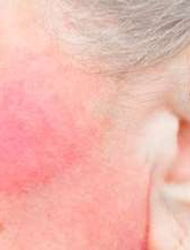
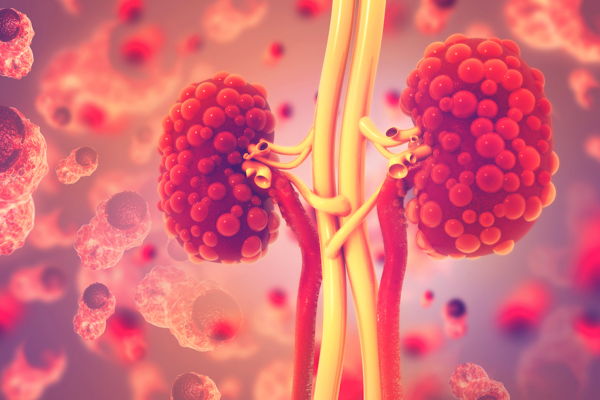
21 Features of Kidney Disease
1. Dizziness Kidney Disease is when the kidneys are not filtering blood …

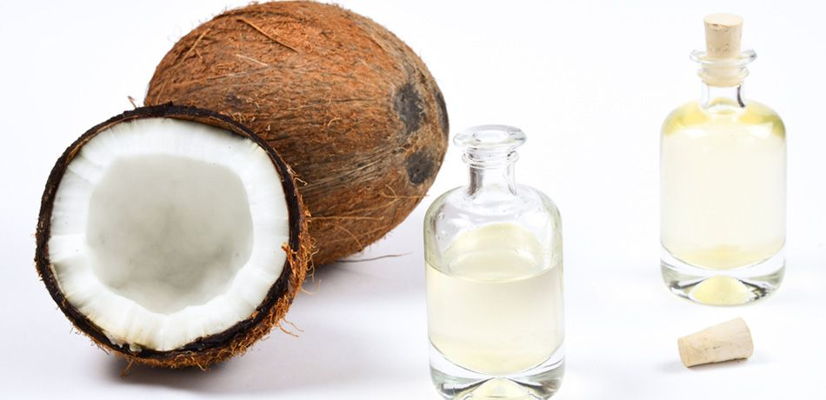
Top 10 Foods to Nourish Your Thyroid
Did you know that the food you eat can affect your thyroid health? Some foods …

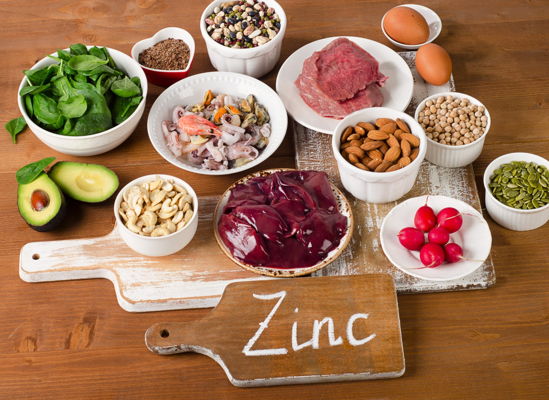
12 Facts About Your Borderline Personality …
1. It's Finally Classified As a Mental Illness Borderline Personality Disorder, …


12 Common Factors That Trigger Rosacea …
1. Makeup Some products used on the face and body or in the mouth ie: make-up, …

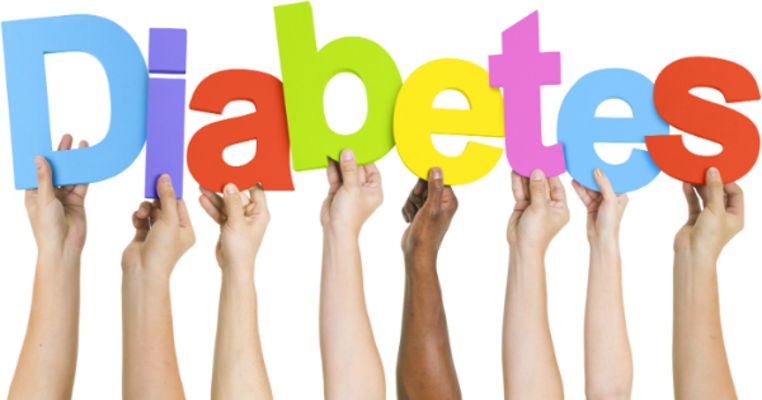
22 Common Symptoms of Type II Diabetes
1. Mood Changes Mood change is sometimes one of the first symptoms to suggest …
